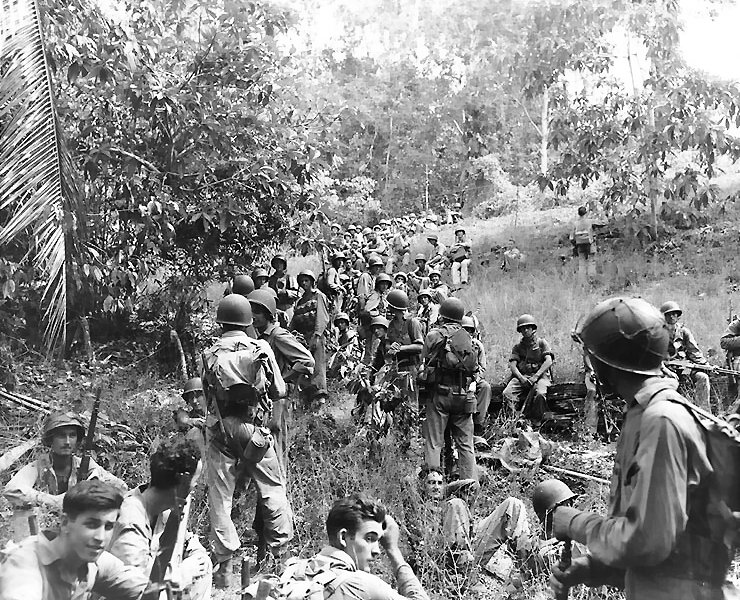The attack on Pearl Harbor caught American forces off guard and unprepared for war, but it also showed their resilience. Despite the country’s initial desire to remain neutral and the military’s lack of practical combat experience, the battles that followed across the Pacific did not dampen their spirit. The tide began to turn at Guadalcanal, highlighting their determination.
In August 1942, America embarked on a campaign of immense strategic importance- to seize Guadalcanal from the Japanese forces. This island and the other Solomon Islands held a pivotal position. Situated at the end of a long, overstretched supply line, it was a challenging spot for Japan to reinforce. Once captured, it could serve as a crucial base for America’s further strategic moves in the Pacific, altering the course of the war.
Despite the logistical challenges, the US military’s branches demonstrated impressive coordination and adaptability during the Guadalcanal campaign. This operation, which required bringing significant firepower to the island, was a testament to their ability to work together and adapt to changing circumstances, a valuable lesson in inter-branch cooperation.
US ground forces on the island were well supported. The Navy intercepted Japanese supply ships while shelling Japanese ground forces in conjunction with air strikes. So, the Japanese troops not only took heavy losses, but they were also constantly on the edge of starvation. Eventually, they decided they couldn’t maintain their presence on the island and evacuated it to defend the other islands. On February 9, 1943, the Japanese army finished leaving Guadalcanal and US forces declared victory, marking their first significant triumph in the Pacific and a much-needed morale boost.

